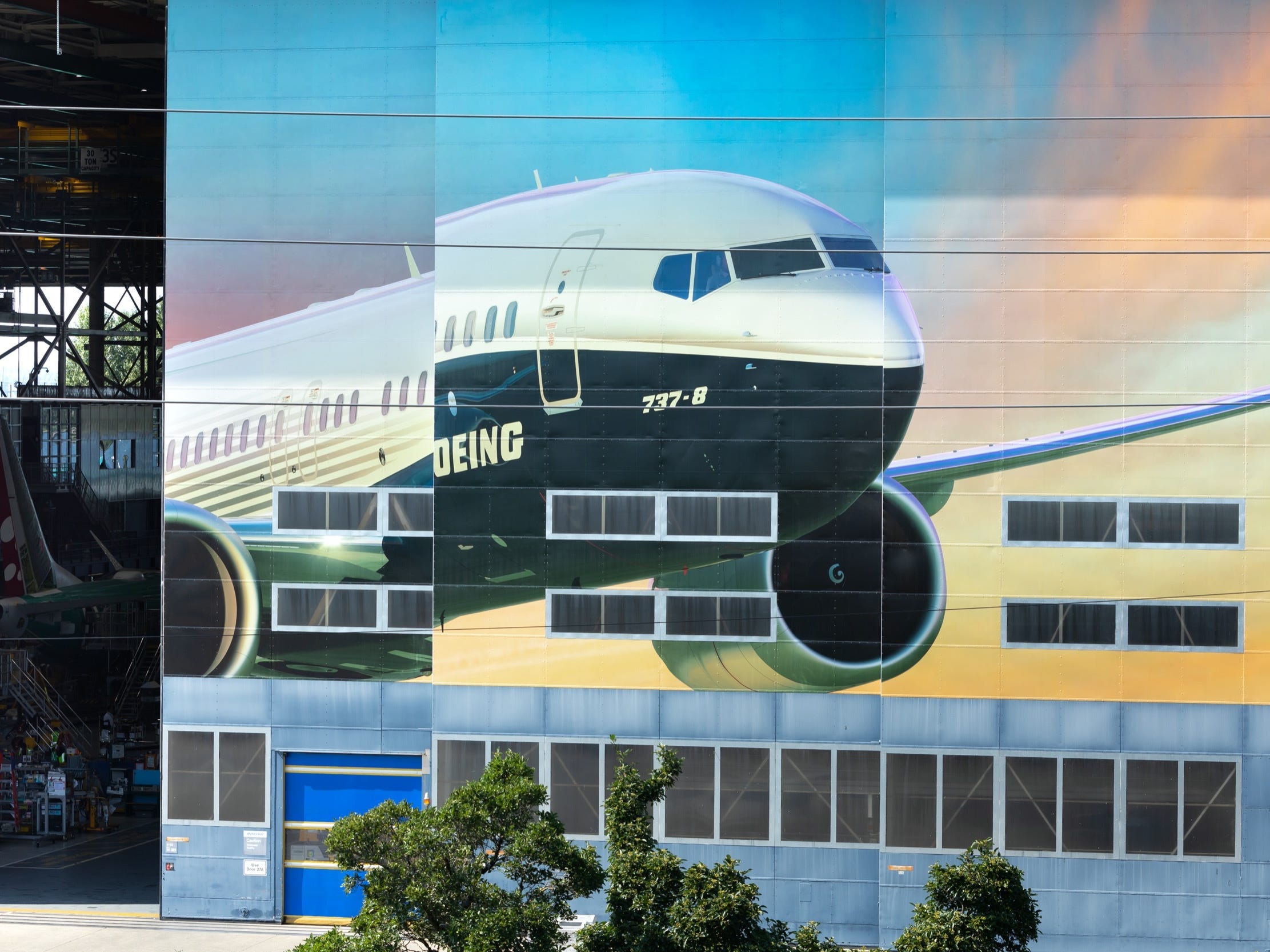
VDB Photos/Shutterstock.com
- Airlines have been told to inspect 2 pressure switches on Boeing 737s over concerns they could fail.
- Their failure could mean that cabin oxygen levels fall dangerously low, the FAA said.
- An unnamed operator reported that the switches failed in tests on three different 737 models.
- See more stories on Insider's business page.
The US aviation watchdog has instructed airlines to inspect a pair of pressure switches found on all Boeing 737 airplanes over concerns that their failure could cause onboard oxygen levels to fall dangerously low.
The Federal Aviation Administration (FAA) on Thursday warned of a risk that pilots and other crew members could lose consciousness if the cabin altitude switches failed. It issued a directive ordering that airlines check them for faults.
The directive applies to around 2,500 Boeing 737 planes in the US and a further 9,315 worldwide, Reuters reported. It includes the 737 Max.
"A latent failure of both pressure switches could result in the loss of cabin altitude warning, which could delay flight crew recognition of a lack of cabin pressurization, and result in incapacitation of the flight crew due to hypoxia (a lack of oxygen in the body), and consequent loss of control of the airplane," the agency said.
It added: "Addressing these failures requires immediate action."
The FAA didn't say there had been any in-flight failures of the switches. However, it said that in September, an unnamed airplane operator reported that both switches had failed on three different 737 models it tested.
The FAA requires every airplane with a pressurized cabin to include a system that warns the flight crew of cabin depressurization. Each Boeing plane has two pressure switches on board as a safeguard in case one fails, following a 2012 FAA mandate.
The FAA said in the order Thursday that if both switches failed, the warning system would not activate if the cabin altitude exceeded 10,000 feet - at which point oxygen levels on board could become dangerously low and cause flight crews to lose consciousness, it said.
Boeing had said earlier that the reported issues with the switches didn't pose a safety concern. After further investigation and analysis, however, the airplane manufacturer and the FAA concluded in May that "the failure rate of both switches is much higher than initially estimated, and therefore does pose a safety issue."
Under the FAA's order on Thursday, operators have to inspect the switches every 2,000 flight hours, compared with the current 6,000 hours.
The FAA said it doesn't have enough information yet to explain why the failure rate of the switches is "unexpectedly high" and recommended that airlines return any failed switches so that the switch manufacturer, which it didn't name, could investigate the issue.
The order makes mandatory a recommendation that Boeing issued to customers last month.
"Safety is our highest priority, and we fully support the FAA's direction," the airline told The New York Times.
